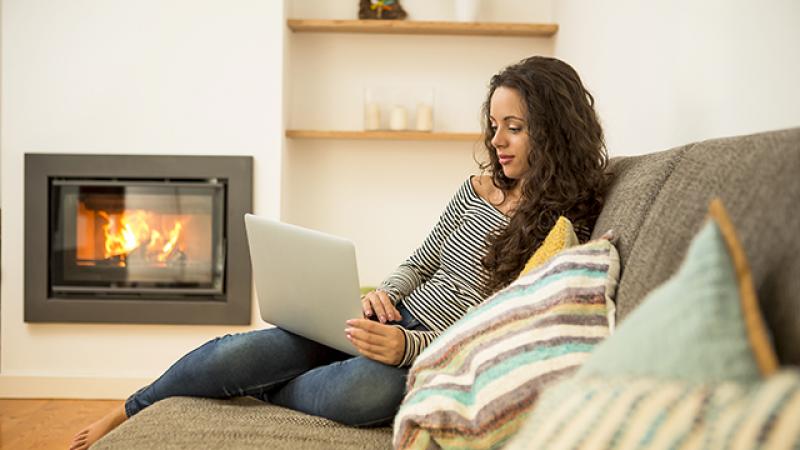Carbon monoxide is a clear, odorless, invisible gas that can cause irreversible injury, and even death. Here is everything you need to know to protect yourself.
How is carbon monoxide formed?
Carbon monoxide is produced by appliances that burn fuel such as gasoline, oil, natural gas, propane, kerosene, naphtha and wood.
Several household appliances produce carbon monoxide:
- Heating systems that are not electric: furnace, wood-burning stove, fireplace
- Motorized vehicles: cars, motorcycles, ATV’s, snowmobiles
- Power tools: chainsaws, compressors, lawn mowers, blowers
- Propane or gas-fuelled household appliances: stove, water heater, refrigerator, dryer
- Outdoor recreation appliances: barbecues, lamps, heaters, patio heaters
- Generators
What are the symptoms of carbon monoxide poisoning?
When inhaled, carbon monoxide gradually replaces oxygen throughout the body, causing poisoning symptoms to appear. These symptoms vary depending on the degree of poisoning and the level of exposure, and can range from a simple headache to unconsciousness or death, in cases of prolonged exposure.
Level of exposure
The potential effects of carbon monoxide on your health differ according to your level of exposure:
- Low: frontal headache, nausea, fatigue
- Medium: persistent frontal pounding headache, nausea, dizziness, drowsiness, vomiting, rapid heartbeat, impaired reflexes and judgement
- High: weakness, fainting, convulsions, coma and death.
Prevention tips
- Ensure that fuel-burning heating appliances are in good working order by entrusting a professional with their maintenance;
- Maintain constant exterior air supply and ensure that all ducts remain unobstructed;
- Clear all the vent ducts connected to your fuel-burning appliances whenever there is snow accumulation;
- Have your chimney cleaned before the first use of the season;
- Keep car keys and car starters out of reach of children, particularly when cars are parked indoors;
- Never use appliances designed for outdoor use indoors.
Get a carbon monoxide detector
Since carbon monoxide is a gas that does not irritate the eyes or airways, a carbon monoxide detector is the only way of alerting you to its presence. Owners of residential buildings, rental units, supervised dwellings or senior homes are under the obligation to install a carbon monoxide detector if they have a fuel-burning appliance or direct access to an indoor parking garage.
As for the occupant, they must ensure that the detector remains in place, and replace its battery as needed.
Install and maintain you carbon monoxide detectors in good working order
- Purchase a carbon monoxide detector that is in compliance with the CAN/CSA-6.16 standard and has a clearly legible CSA,ULC, cUL or cETL certification seal;
- Choose an electric or battery-powered model that meets your needs according to the type of alarm, model and display options;
- Install the detector in the location recommended by the manufacturer;
- Test the carbon monoxide detector monthly by holding down the test button until the alarm sounds off, which may take up to 20 seconds.
What to do if you are exposed to carbon monoxide?
- Go outside.
- Make sure your door is unlocked when you leave. That way, firefighters will be able to get in without doing any damage.
- Dial 9-1-1.
- Wait for authorization from a firefighter before returning inside..
- Check every family member for symptoms.
For any questions concerning carbon monoxide or fire prevention, call your local prevention office at 514 872-3800.




